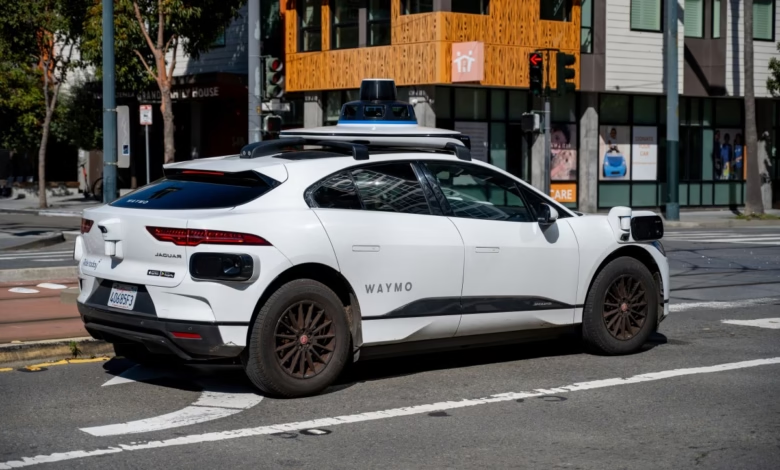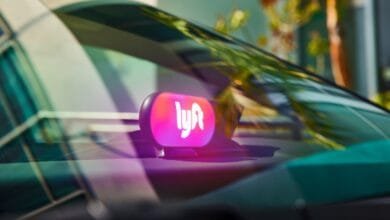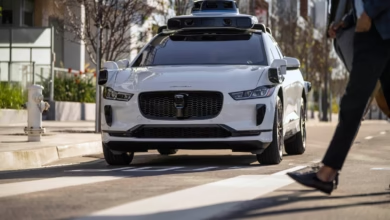Waymo Rides Priced Higher Than Uber, Yet Demand Stays Strong

▼ Summary
– Waymo’s robotaxis are consistently more expensive than Uber and Lyft, averaging $20.43 per ride compared to $14.44 for Lyft and $15.58 for Uber.
– Despite higher prices, Waymo remains popular, with 250,000 paid trips per week, suggesting strong consumer interest in driverless technology.
– Waymo’s pricing is less sophisticated and more variable, driven by supply and demand, leading to higher costs for short trips and longer wait times.
– A survey found 70% of Waymo riders prefer driverless cars, though 74% still cite safety as their top concern about robotaxis.
– Around 42% of surveyed riders are willing to pay up to $10 more per ride for Waymo, highlighting the appeal of the driverless experience.
Robotaxis from Waymo currently cost significantly more than traditional ride-hailing services like Uber and Lyft, yet demand remains surprisingly strong. Recent data reveals that despite higher prices, consumers are willing to pay a premium for the novelty and convenience of driverless vehicles.
A new analysis by Obi, an app that tracks real-time ride-hailing pricing, compared fares across Waymo, Uber, and Lyft in San Francisco over a one-month period. The findings showed Waymo’s average ride cost $20.43, while Lyft averaged $14.44 and UberX came in at $15.58. Even during peak hours, Waymo’s prices were nearly $11 higher than Lyft and $9.50 more than Uber, yet riders continue to book trips in impressive numbers.
Ashwini Anburajan, Obi’s chief revenue officer, noted that the willingness to pay extra reflects enthusiasm for cutting-edge technology. “Consumers are clearly drawn to the idea of traveling without a driver,” she said. “There’s a novelty factor, but also a sense of privacy, being alone in the car creates a different experience.”
One key difference lies in pricing models. Unlike Uber and Lyft, which adjust fares dynamically based on driver availability, Waymo operates with a more rigid supply-and-demand approach. Since the company controls a fixed fleet of autonomous vehicles, costs fluctuate based on distance and wait times. Short trips under 1.4 km were 41% more expensive with Waymo compared to Lyft, though the gap narrowed for longer rides.
Wait times also played a role, longer pickups led to pricier fares, as deploying a vehicle from farther away reduces efficiency. Despite this, demand hasn’t slowed. Waymo reported 250,000 weekly paid trips across its operational cities, suggesting that convenience outweighs cost for many users.
A survey of riders in Los Angeles, San Francisco, and Phoenix reinforced these trends. 70% of Waymo passengers said they preferred driverless rides over traditional options. However, safety concerns persist, 74% cited it as their top worry, and nearly 70% supported remote human monitoring as an added precaution.
Interestingly, when asked about price tolerance, over 40% of respondents said they’d pay at least $5 extra per ride, with 16% willing to spend up to $10 more. This willingness helps explain why Waymo can sustain higher fares without losing customers.
For now, the data suggests that autonomous ride-hailing isn’t yet the budget-friendly alternative many predicted. Instead, it’s carving out a niche as a premium service, one that passengers are happy to pay for, despite the cost.
(Source: TechCrunch)





